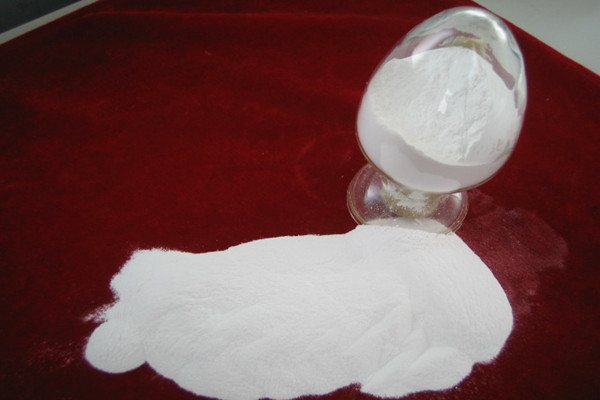
Polypropylene acid amide
Application
Widely used in water treatment, paper making, petroleum, coal, ore treatment, geology, textile, building and other departments.
1.Cationic (CPAM) polyacrylamide use: in the wastewater treatment as a flocculant for mining, metallurgy, textile, paper and other industries. Used in a variety of operations in the oil industry.
2.Anion (APAM) POLYACRYLAMIDE APPLICATION: application of anionic polyacrylamide: in the industrial wastewater (electroplating wastewater, metallurgical wastewater, wastewater from iron and steel plant, coal washing waste water, etc.) flocculent in precipitation.
3.Non ion (NPAM) polypropylene (PP): clarifying the role of purifying, promoting sedimentation, thickening and other functions, filtering and promoting effect. In wastewater treatment, sludge dewatering, mineral processing, coal washing, papermaking etc., can fully meet the requirements of various fields. While using nonionic polyacrylamide and inorganic flocculant (polyferric sulfate, polyalu
Widely used in water treatment, paper making, petroleum, coal, ore treatment, geology, textile, building and other departments.
1.Cationic (CPAM) polyacrylamide use: in the wastewater treatment as a flocculant for mining, metallurgy, textile, paper and other industries. Used in a variety of operations in the oil industry.
2.Anion (APAM) POLYACRYLAMIDE APPLICATION: application of anionic polyacrylamide: in the industrial wastewater (electroplating wastewater, metallurgical wastewater, wastewater from iron and steel plant, coal washing waste water, etc.) flocculent in precipitation.
3.Non ion (NPAM) polypropylene (PP): clarifying the role of purifying, promoting sedimentation, thickening and other functions, filtering and promoting effect. In wastewater treatment, sludge dewatering, mineral processing, coal washing, papermaking etc., can fully meet the requirements of various fields. While using nonionic polyacrylamide and inorganic flocculant (polyferric sulfate, polyalu
Main Products
sodium formate,sodium silicate,citric acid,adipic acid,L-rhamnose,DOA
